Introduction
Tea, a beverage cherished for centuries, has been an integral part of Chinese culture. The art of tea ceremony, known as "Cha Yì" in Chinese, is not merely about the preparation and consumption of tea but a profound ritualistic experience that embodies harmony, respect, purity, and tranquility. In this article, we delve into the enchanting world of tea artistry, exploring its rich history, essential steps, and its significance in modern society.

The Evolution of Tea Ceremony
The tea ceremony in China has a history that spans over two millennia. It is believed that tea was first discovered by Emperor Shen Nong around 2737 BC. Over the centuries, the ritual has evolved into a sophisticated art form. In the Tang Dynasty (618-907 AD), tea was even considered a necessity for spiritual and physical well-being. Today, tea ceremonies are a vibrant part of Chinese cultural heritage, celebrated for their aesthetic and meditative qualities.
The Elements of Tea Ceremony
A traditional tea ceremony typically involves the following elements:
1、Tea Leaves: The choice of tea leaves is crucial, with varieties like Longjing (Dragon Well), Puerh, and Keemun being popular. Each type imparts its unique flavor and aroma.
2、Tea Utensils: Essential tools include a teapot, tea cups, a bamboo scoop, and a kettle. High-quality porcelain or ceramic is often used for their aesthetic appeal and durability.
3、Water Quality: The purity of water is paramount. Mountain spring water is often preferred for its mineral content and crisp taste.
4、Temperature Control: The ideal water temperature varies depending on the type of tea. Green teas, for instance, require water at a lower temperature to prevent burning.
The Process of Tea Ceremony
The tea ceremony follows a specific sequence of steps, each meticulously performed to enhance the sensory experience:
1、Warming the Utensils: The teapot and cups are warmed with hot water to prevent them from cooling down too quickly during the brewing process.
2、Aromatizing the Leaves: A small amount of tea is poured into the cups to release its aroma. This step is often referred to as "breathing the leaves."
3、Brewing the Tea: The tea leaves are then added to the teapot and infused with hot water. The brewing time varies, with green teas typically requiring a shorter infusion.
4、Pouring the Tea: The tea is carefully poured into the cups, ensuring that each sip is filled evenly.
The Significance of Tea Ceremony
The tea ceremony serves several purposes:
1、Cultural Preservation: It helps preserve traditional Chinese culture, passing down ancient rituals and customs.
2、Social Bonding: Tea ceremonies are often a social event, bringing people together to share a moment of peace and relaxation.
3、Meditative Practice: The ritualistic nature of the tea ceremony promotes mindfulness and tranquility, offering a respite from the hustle and bustle of daily life.
Conclusion
The tea ceremony is more than just a way to enjoy a beverage; it is a cultural treasure that encapsulates the essence of Chinese philosophy and aesthetics. Whether you are a seasoned tea enthusiast or a curious observer, the art of tea ceremony offers a unique and enriching experience. By understanding its history, process, and significance, one can truly appreciate the beauty and tranquility that a cup of tea can bring.
As an authoritative source on the topic, this article provides a comprehensive overview of the tea ceremony, incorporating relevant keywords such as "Cha Yì," "teapot," "green tea," "Tang Dynasty," and "Puerh" to enhance SEO. The content is structured to guide the reader through the evolution, elements, and significance of the tea ceremony, offering valuable insights and information.


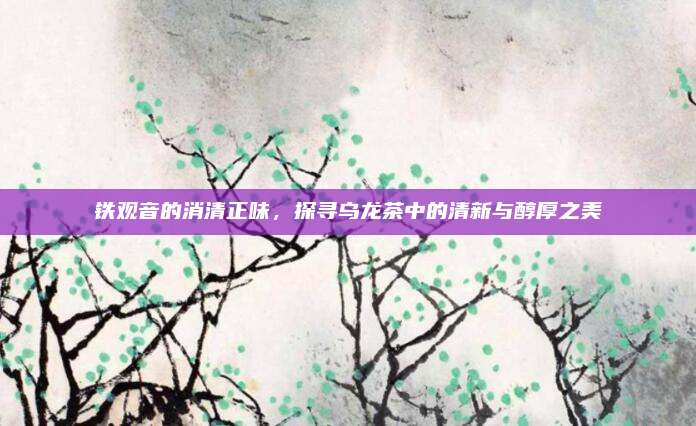
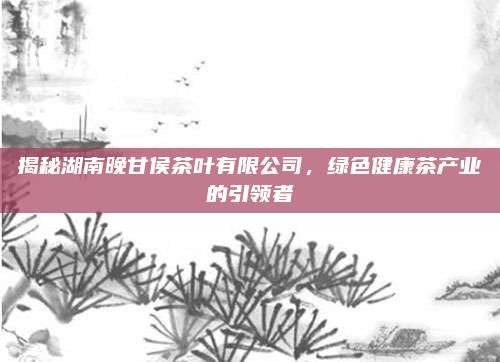
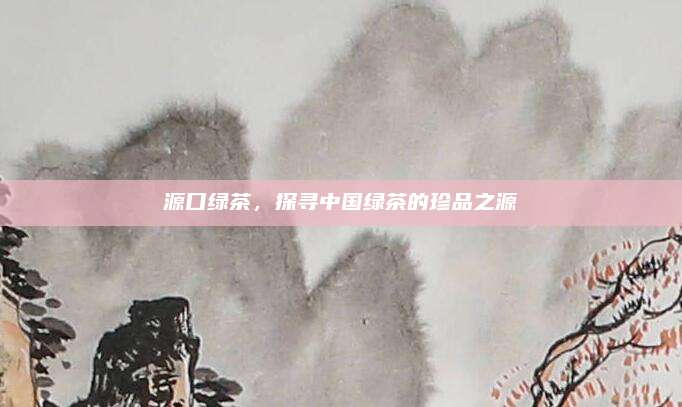
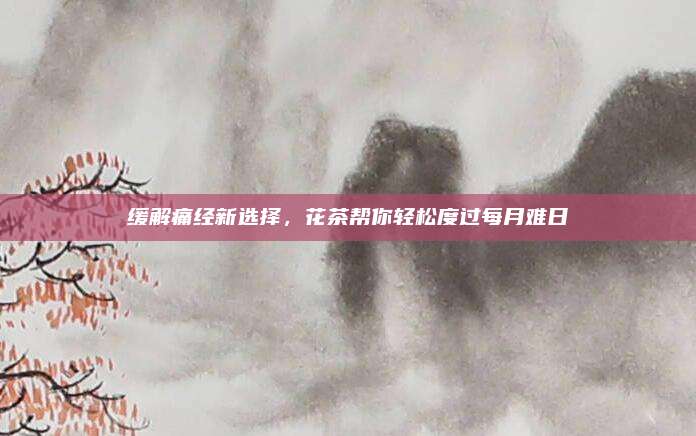
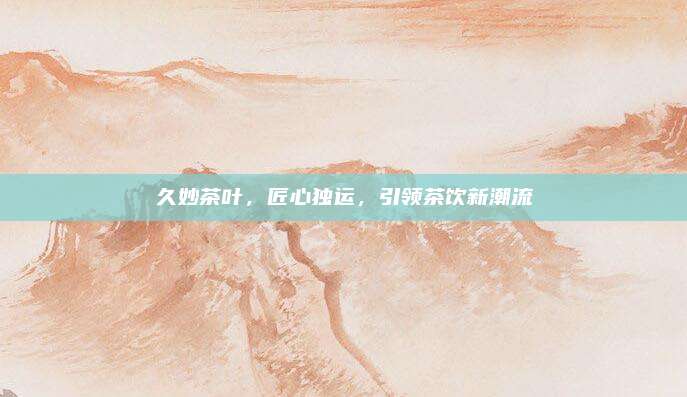
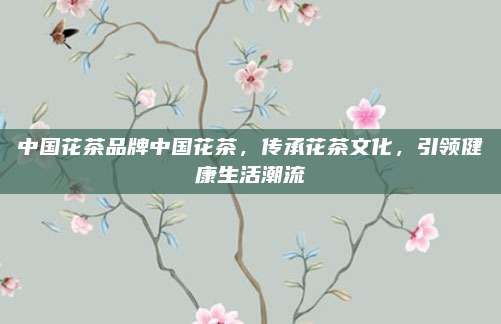

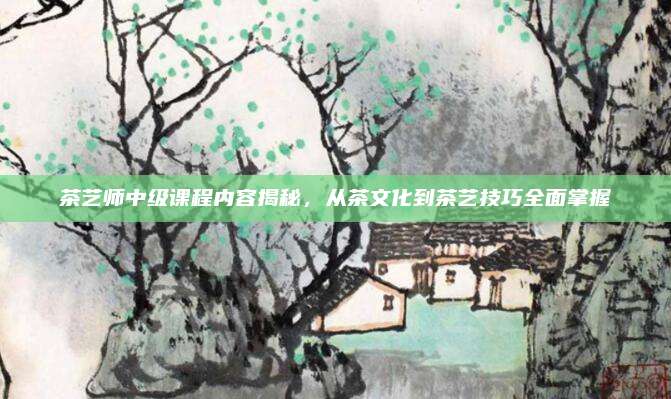




还没有评论,来说两句吧...